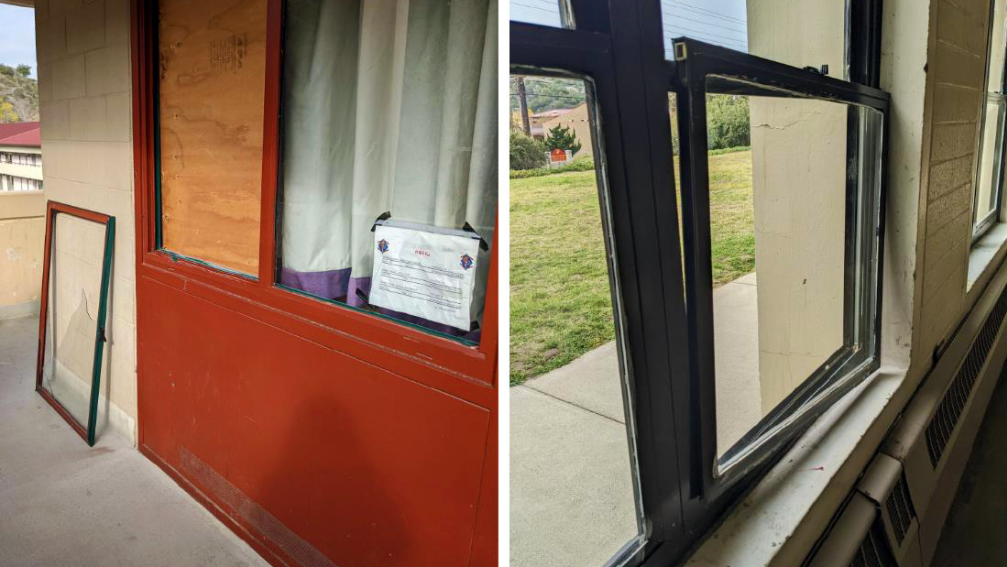‘Sustained’ Attention Needed to Fix Barracks
‘Sustained’ Attention Needed to Fix Barracks

Improving quality of life for soldiers and other service members living in the barracks will take time and "sustained” focus, a senior official said.
“Ensuring better housing for our service members and their families will take sustained oversight and attention,” Elizabeth Field, director of defense capabilities and management in the Government Accountability Office, testified Sept. 27 before the House Armed Services Committee. “Twenty years ago, GAO reported many similar problems with the condition of barracks. Ten years ago, [the] Department [of Defense] ... promised that barracks would be adequately maintained over the long term. Obviously, that didn’t happen.”
The hearing came in response to a recent GAO report that found barracks are plagued by “poor living conditions,” including mold, broken air conditioning and safety issues that affect troops’ quality of life. The report followed visits to 10 military installations, including two Army installations, and 12 focus groups with service members.
The poor barracks conditions had a pervasive effect on service members’ well-being and mental health, the report found. “[One] resident said mold in the barracks makes you feel expendable, like you don't matter,” Field said during the hearing. “These are just a few of the statements we heard: It's depressing to come home to a dark box after work. I feel cramped and like the walls are closing in, and that causes me anxiety and stress. The barracks feel like living in a rundown motel or in a prison.”
Among the military’s more than 9,000 barracks buildings, the Army is responsible for about 6,700, said Carla Coulson, deputy assistant secretary of the Army for installations, housing and partnerships.
Nearly one-quarter of the Army’s barracks, including training and permanent party barracks, are in “poor or failing condition,” Coulson said.
The Army is investing “over a billion dollars a year on barracks,” Coulson said. She underscored that “the report was, frankly, not news to the Army. We’re well aware, and our leadership … are focusing very clearly on quality of life, and barracks is a piece of that.”
The Army has been working hard to strike a balance between funding its quality-of-life efforts with issues like readiness and modernization, Coulson said. “About 75% of our restoration and modernization program is already dedicated to barracks,” she said. “It is very much a balance … to make sure that we are able to balance quality of life requirements with modernization as well as readiness. But we already have a significant contribution to quality of life for barracks.”
Over the next few years, the Army is hoping to increase its barracks sustainment budget to maintain buildings while it improves barracks that need the most help.
“Through our modeling efforts, we … see that we have 300 permanent party barracks buildings that are in poor or failing shape,” Coulson said. “From [fiscal year] 2024 to 2028, we can address 118 of those buildings. But at the same time, if we don’t fully sustain, we’ll have 110 existing barracks buildings that will move from good or adequate into the poor and failing category.”
Moving forward, Field said that fully implementing GAO’s recommendations and making them a requirement will be the most effective oversight. “If we don’t see the Department [of Defense] implement all 31 of our recommendations in a meaningful and timely manner, I would encourage you to put those recommendations into legislation to make them statutorily required,” she said. “Focusing on full and prompt implementation of the recommendations would be my recommendation.”
The GAO report is available here.

